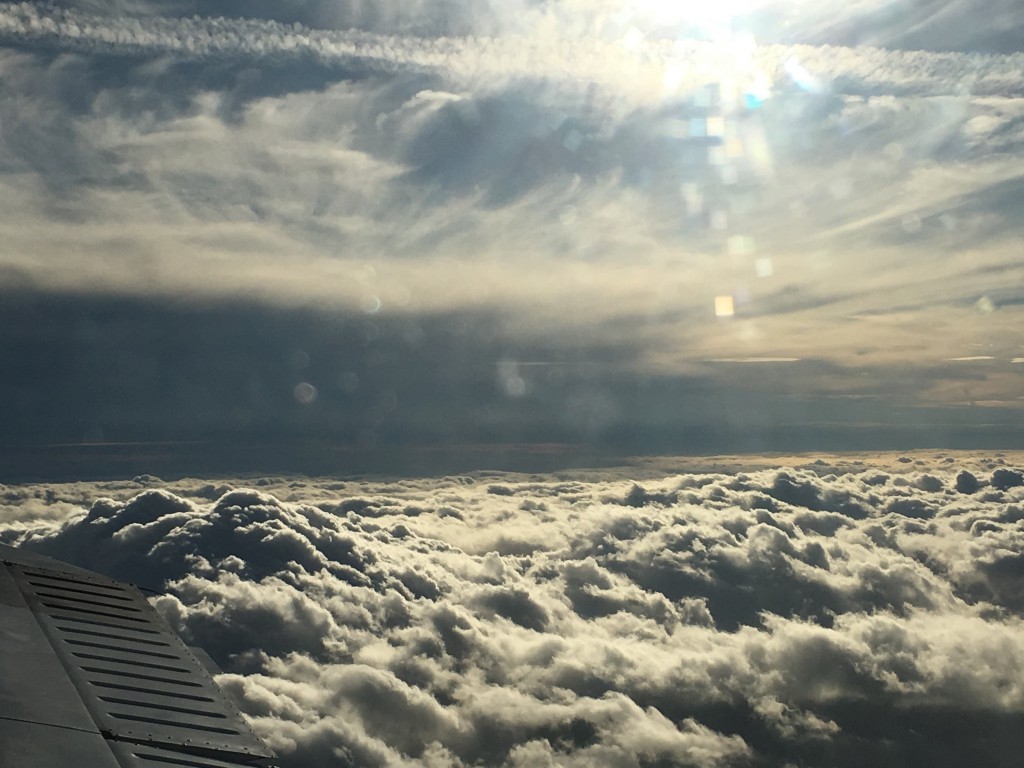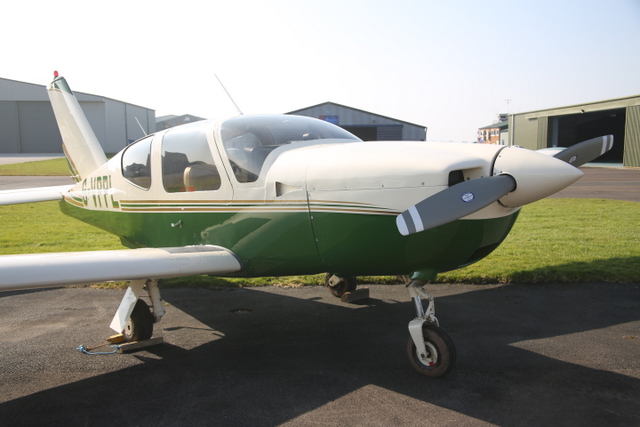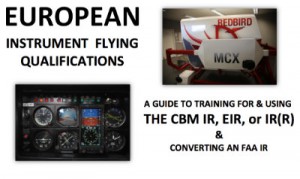January 2018 news from Rate One Aviation
Expanding Horizons for the New Year
Our small team has been joined by Jerry Marsden. He is an experienced instructor with MEP and SET qualifications. He has recently retired as a consultant surgeon with the NHS. This means we continue to be staffed by only mature instructors conducting IR training because they enjoy it.
We are now actually delivering PBN training. Unfortunately, EASA has specified some pretty irrelevant learning objectives. In order to make our course as interesting and practical as possible, we ask candidates to read the PPL/IR PBN training manual (which is a free download although also available in paper form on request.) Then we need only spend the minimum amount of time possible to quickly confirm that you have read and understood the manual. Thereafter, our theory course takes the form of short realistic scenarios mostly focused on real approach plates. Four alternative answers are provided but it’s not simply a tick box exercise and they provide a focus for discussion. All or none of the answers might be correct. The first trial run through was pretty successful and feedback has been used to refine and clarify some of the material. We are now in a position to offer the theory course to small groups of up to 5 on request.
On the MEP front unfortunately the BE76 was sold but we hope to have access to a nice local PA 34 soon. The PA 30 Twin Comanche saga rumbles on. It has just come out of Annual and we really think we have now resolved all the mechanical issues. It’s due to go to Guernsey in March for its current pretty impressive avionics tally to be expanded even further. A second GTN 750 is going in and a second transponder will provide dual frequency ADSB in and out. This will be able to access weather and traffic services while in the USA while the existing remote transponder provides redundancy on long trips.
An Aspen with synthetic vision is also being installed. This aircraft will then be equipped with pretty well the whole range of available retrofit avionics. We will then be keen to offer training in weather radar, stormscope, downlink weather and the general use of advanced avionics. There is no need for a twin rating for those aspects. The aircraft, in this context, is just a platform for the kit. With our additional instructor on staff, Jim is hoping to be able to spend more time away from Gloucester. A transatlantic trip is planned for July going on to the Caribbean. There will be a few opportunities for pilots to join in for defined legs arriving or returning by CAT. For example, someone could fly from the UK to Canada and then return from Montreal by commercial flight or maybe join in from Canada and fly down the Eastern seaboard to Florida. If you would like to combine a longish trip within Europe with an MEP rating or avionics course drop us an Email. Three or four days to Croatia and back would work but really with a 100 NM range and 170 knots most destinations are feasible.
Getting an IR .. is the effort worthwhile for you
We now have a lot of evidence to show that our model is the most effective way for a PPL to gain an IR. It does however make certain demands on the candidates in terms of time and effort. We think this is entirely appropriate because the rating gives you to right to share airspace with CAT worldwide. It gives pilots the possibility of flying faster, more complicated aircraft in more demanding weather conditions.
Increasingly as the course progresses we are expecting you to make decisions and demonstrate that you are interested in and wanting to improve your knowledge of weather, aircraft technology’s as it affects its safe operation and the IFR environment. Really this is nothing more than airmanship brought up to date and oriented to instrument flying. No one expects beginners to be able to fly a perfect ILS without lots of help and practice. What we do expect is that you turn up for a lesson having thought about the weather, checked the NOTAMs, read any avionics manual other recommended material. We don’t think its appropriate to spoon feed you with long pre-flight briefs.
Of course, we will spend whatever time is needed to help you understand anything you are unsure of. In general we rarely find that a lack of understanding is an issue. It’s more a lack of application in some candidates who don’t memorise power settings and checks and don’t spend the time quietly in the evening thinking about how they will fly the next day’s lesson. We do appreciate that you have demands of family and work but deferring getting to grips with these basic elements until flying in the aircraft is very inefficient. It means that candidates cannot concentrate on those techniques that can only be learned in the aircraft. This real competence in what might be thought of applied theory is about 50% of the work needed to reach the required standard in instrument flying. An organised approach to instrument flying with a clear idea of operating procedures and power settings needed at every stage of the flight is the only way to fly effectively. Ironically it is even more important with advanced avionics and autopilots. If you are single crew perhaps faced by some distracting anomaly getting stuck in some obscure mode of the avionics or autopilot can kill you.
All this has been a rather lengthy way of saying that almost anyone could train to the high IR standard required but not everyone will find the effort and cost involved is balanced by the satisfaction and utility the rating delivers. If you have informed yourself to a reasonable degree and perhaps done a day’s flying with us we will be happy to try and help you come to an honest judgement as to what might work for you.



